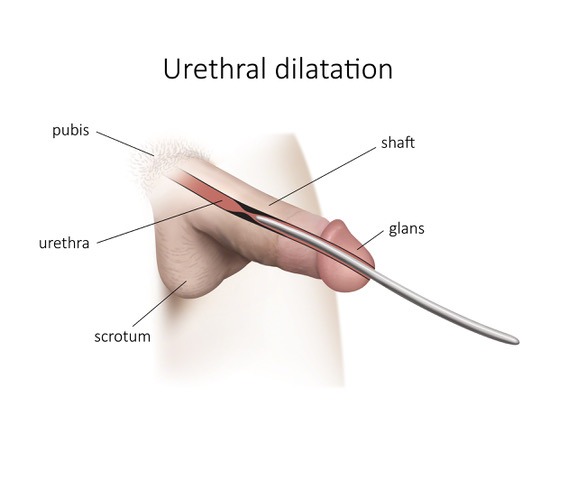Description of the approach
A urethral dilatation aims to widen the opening of the urethral meatus, which has a narrowing along its length. It consists of progressively enlarging the urinary meatus, thus allowing better urination.


How does dilatation of the urinary is performed?
Under local anesthesia and a penile block, our urologists introduce dilators of progressive size with anesthetic gel into the stenosis, to have a satisfactory opening. A urinary catheter is rarely left in place. It is a rather uncomfortable intervention.
A post-operative follow-up will be done within four to 12 weeks; follow-up consists of evaluating the improvement in urinary symptoms and the good quality of the bladder emptying. Recurrences are unfortunately frequent.
In the event of recurrence, home self-dilation is sometimes offered.
A post-operative follow-up will be done within four to 12 weeks; follow-up consists of evaluating the improvement in urinary symptoms and the good quality of the bladder emptying. Recurrences are unfortunately frequent.
In the event of recurrence, home self-dilation is sometimes offered.
Who are the candidates for dilation of the urethral meatus?
Patients with urethral stenosis who have difficulty urinating, abnormal emptying, or recurrent urinary tract infections.
What are the complications of dilation of the urethral meatus?
Some patients have recurrence-type complications; they present again a narrowing after the surgical operation. The complication is most often secondary to a loss of elasticity of the circumferential tissues.
Also, light bleeding may last a few weeks.
Also, light bleeding may last a few weeks.


